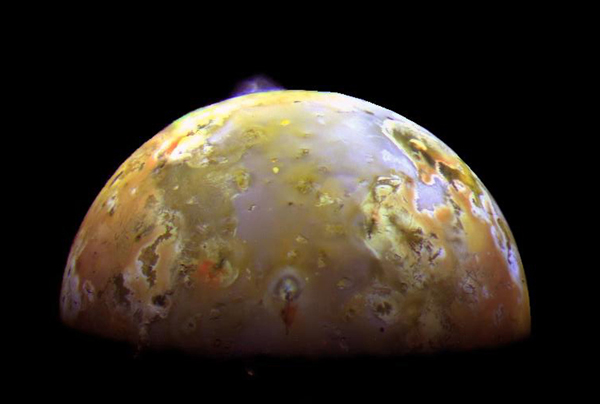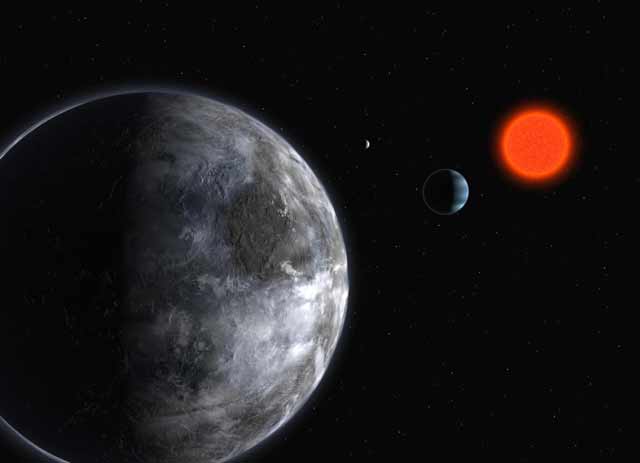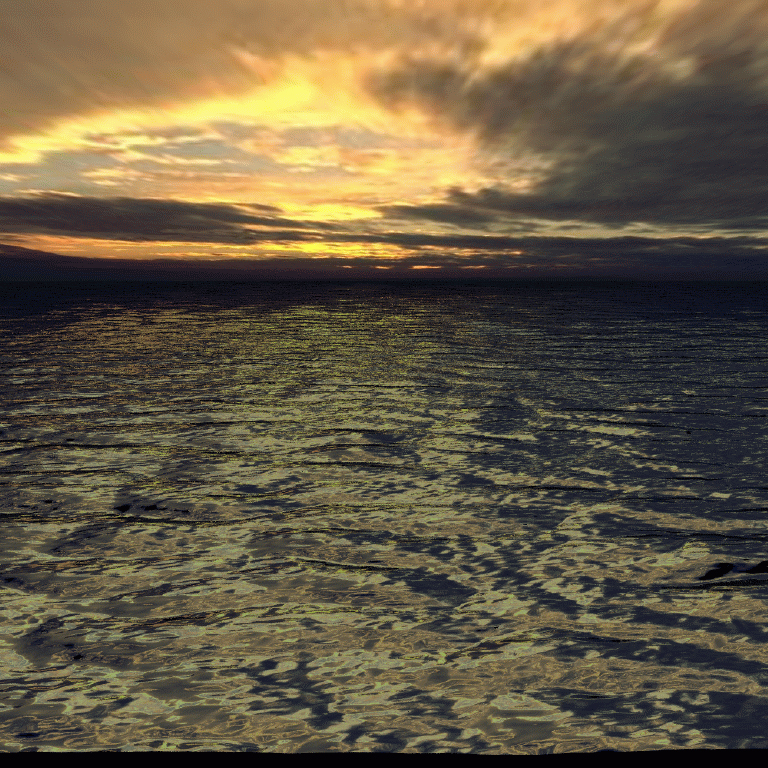Watery Alien Planets Might Be Stripped Dry by Gravity

Alien planets might experience tidal forces powerful enough to remove all their water, leaving behind hot, dry worlds like Venus, researchers said.
These findings might significantly affect searches for habitable exoplanets, scientists explained. Although some planets might dwell in regions around their star friendly enough for life as we know it, they could actually be lifelessly dry worlds.
The tides that we experience on Earth are caused by the gravitational pull of the moon and sun. Our tides are nothing compared to what we see elsewhere in the solar system — the gravitational pull Europa experiences from Jupiter leads to tidal forces roughly 1,000 times stronger than what Earth feels from our moon, flexing and heating Europa.
Heat is a major factor in how capable a planet might be of supporting life as we know it. What scientists call the habitable zone of a star is defined by whether liquid water can survive on its surface, given that life exists virtually wherever there is liquid water on Earth.
Too far from a star, and the lack of light makes a world too cold, freezing all its water; too close to a star, and all that blazing heat makes a world too hot, boiling all of its water off in what is known as a runaway greenhouse effect. [The Strangest Alien Planets]

Venus is often thought to have experienced a runaway greenhouse effect. Eventually, solar radiation broke up all of Venus's vaporized water into hydrogen and oxygen, which leaked away from the planet entirely.
Now scientists find that stellar heat is not the only thing that can trigger a runaway greenhouse climate catastrophe. Tidal heating can too, for what they call "tidal Venuses."
Get the Space.com Newsletter
Breaking space news, the latest updates on rocket launches, skywatching events and more!
"This has fundamentally changed the concept of a habitable zone," said researcher Rory Barnes, a planetary scientist and astrobiologist at the University of Washington. "We figured out you can actually limit a planet's habitability with an energy source other than starlight."
Tidal Venuses could not occur around stars like our sun because the effects of tides fall off rapidly with distance, Barnes noted. For a planet to experience tidal heating from a star like our sun, it would have to be so close in that heat from its light would render it uninhabitable even without any tidal heating.
However, tidal Venuses could occur around dimmer and much less massive bodies — main-sequence stars less than a third the mass of our sun, for instance, or failed stars known as brown dwarfs, or dead stars such as white dwarfs. These bodies have been of interest to astrobiologists because their dim nature means their habitable zones are theoretically very close. Planets near their stars eclipse them more often, making them easier to detect than planets that are farther away — as such, researchers had thought dim, low-mass stars could be ideal places to find habitable worlds.
After a tidal Venus loses all its water and becomes uninhabitable, the tides could alter its orbit so that it no longer experiences tidal heating. As such, it might no longer appear like a tidal Venus, but look just like any other world in its star's habitable zone, fooling researchers into thinking it is potentially friendly for life, even though it has essentially been sterilized.
As terrestrial worlds are found around dim bodies, factoring these findings into searches for habitable exoplanets could result in scientists wasting less time on dry worlds. "As candidates for habitable worlds are found, tidal effects need careful attention," Barnes said. "You don't want to waste time on desiccated planets."
Barnes noted that more work needed to be done analyzing how the effects of tidal heating might actually manifest themselves. "In our solar system, the largest amount of tidal heating is with Jupiter's moon Io, which experiences 2 watts per square meter on its surface," Barnes said. "We're trying to see if tidal heating can generate 300 watts per square meter on a planet's surface, and it's still unclear if planets will actually behave this way — maybe there's a saturation point where tidal heating can't reach tidal Venus levels. Planets are complicated beasts, and it's not always obvious how they will act."
"We'll have to be careful when assessing objects that are very near dim stars, where the tides are much stronger than we feel on present-day Earth," said planetary scientist Norman Sleep at Stanford University, who did not take part in this research."Even Venus now is not substantially heated by tides, and neither is Mercury."

"The only good example of this we might have had like this in the solar system is Earth early in its history soon after the moon-forming impact, where tidal heating from the moon was significant for 10 million years or so, enough for a brief runaway greenhouse," Sleep added. "Eventually the moon moved far enough away for tidal heating to decrease."
It could be that instead of triggering a runaway greenhouse effect, tidal heating might actually warm otherwise frigid planets enough for them to have liquid water on their surface, Sleep added. "Whether or not something could stay habitable or not through this mechanism is unclear to me," he cautioned.
The next step "is to consider how multi-planet systems affect the results," Barnes said. "We've looked at just a single star and a single planet evolving together, but when you have additional planets, you introduce gravitational perturbations, and how will that affect orbits and tidal heating and habitability? They could very well increase the threat of catastrophic tidal heating."
Barnes and his colleagues detailed their findings Jan. 11 at the annual meeting of the American Astronomical Society in Austin, Texas.
This story was provided by Astrobiology Magazine, a web-based publication sponsored by the NASA astrobiology program.
Join our Space Forums to keep talking space on the latest missions, night sky and more! And if you have a news tip, correction or comment, let us know at: community@space.com.

Charles Q. Choi is a contributing writer for Space.com and Live Science. He covers all things human origins and astronomy as well as physics, animals and general science topics. Charles has a Master of Arts degree from the University of Missouri-Columbia, School of Journalism and a Bachelor of Arts degree from the University of South Florida. Charles has visited every continent on Earth, drinking rancid yak butter tea in Lhasa, snorkeling with sea lions in the Galapagos and even climbing an iceberg in Antarctica. Visit him at http://www.sciwriter.us










